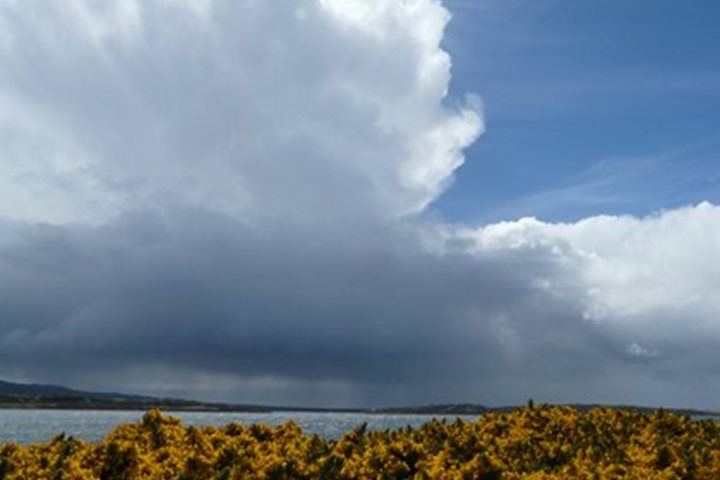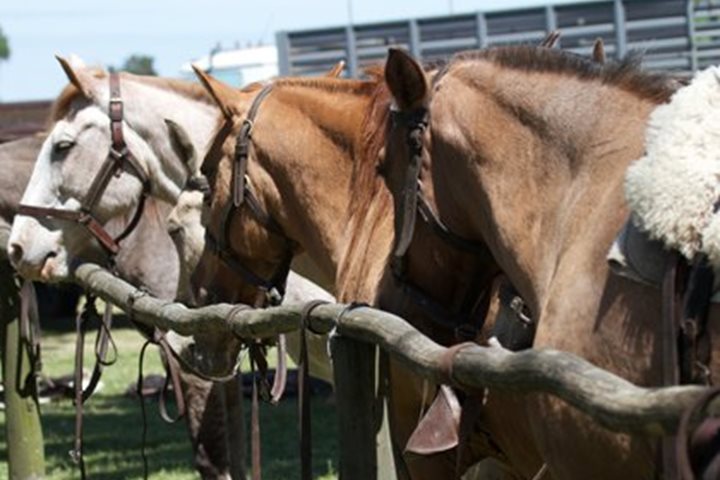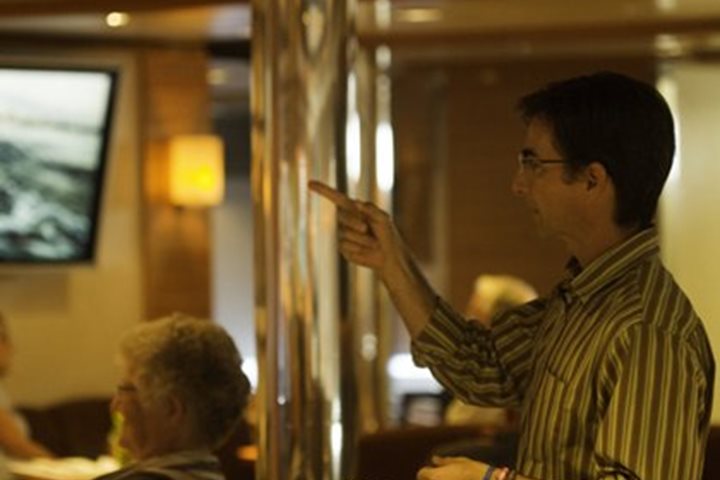We entered the murky brown waters of the mouth of the Essequibo River just before sunrise marking a first for Lindblad Expeditions-National Geographic visiting the small country of Guyana. Our visit here will be centered around this magnificent river ecosystem as well as exploring far into the interior the next day. It would be safe to say that not too long ago a visit here, even in expedition fashion, would have been quite difficult due to the near complete lack of infrastructure to support even moderate tourism.
As we navigated up the mighty 1000-kilometer-long Essequibo towards our anchorage we were immediately taken by the lush, rich shoreline vegetation and surrounding lowland forests of Guyana. An aspect of Guyana we would soon learn to be distinctive to this nation’s rising status in tropical conservation with over 80% of the country blanketed in intact forests and other associated ecosystems. Nearing our anchorage we sailed along the large mangrove- and forest-covered Hog Island spotting various bird species perched atop large canopy trees and soaring along the tree tops. Laughing Falcons, Yellow-headed Caracara, Black Hawks, and one large Black Eagle Hawk perched alone in a large tree, its crest erect and the bird poised to strike.
Our anchorage for the next two nights here would provide us an excellent opportunity to explore this magnificent river. Before we were to set out, Guyana’s Minister of Tourism, Irfaan Ali and other delegates came aboard to welcome us. Taking advantage of the slightly cooler temperatures in the late afternoon we set out in Zodiacs to get a closer look at the river, forests, and some of its inhabitants. Typically in the tropical rain forest mid-day heat brings much of life to a restful halt. Mammals and birds may roost in sheltered, shady areas awaiting the cooling effect of the fading day light. There are many islands breaking up the channel of the river, which serve as isolated patches of habitat. Our main exploration would take place on a small tributary called Weri Wearikuru Creek. This slow meandering coffee-stained channel brought the life and diverse beauty of the forest up close and personal for our enjoyment. Though we were 20 or more miles upriver the effects of the tide are felt, backing up the fresh water as the tide rises and draining the channel like a bathtub upon its recession. As we entered the creek the tide was turning from low to high, making the current flow upstream. Muddy, clay banks exposed with creeping mango roots arching forward into the channel as well as beautiful Pterocarpa buttressed roots clinging to the banks and extending out like small islands into the creek. The intense diversity of plant life is accompanied by an equally impressive compliment of bird, mammal, and insect species. Some highlights for the afternoon would include hummingbirds hawking insects above the creek, Pygmy Kingfishers, toucans, several species of parrots, and lastly a large troop of Squirrel Monkeys that numbered in the scores moving through the forest and foraging in the early evening.
As a conclusion to our first day here in Guyana we wanted to take advantage of every moment so we lowered a few more Zodiacs and set out on a nighttime exploration of the river. We used high powered lights to illuminate the forest and water surface in hopes to spot various forms of wildlife such as caimans (a crocodilian), snakes, amphibians, and mammals. Each Zodiac had a different experience, one spotted a small caiman along the shore line its eyes reflecting back red just above the water’s surface. Another group spotted a Waved Woodpecker in its cavity, a tree boa constrictor, and a large Black Witch Moth. Many bats coursed the night sky feeding on the abundant flying insects going about their evenings work.






